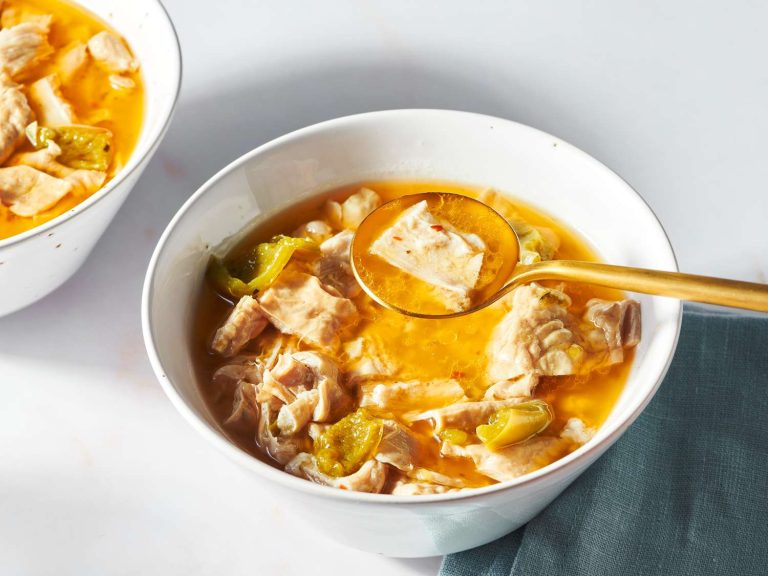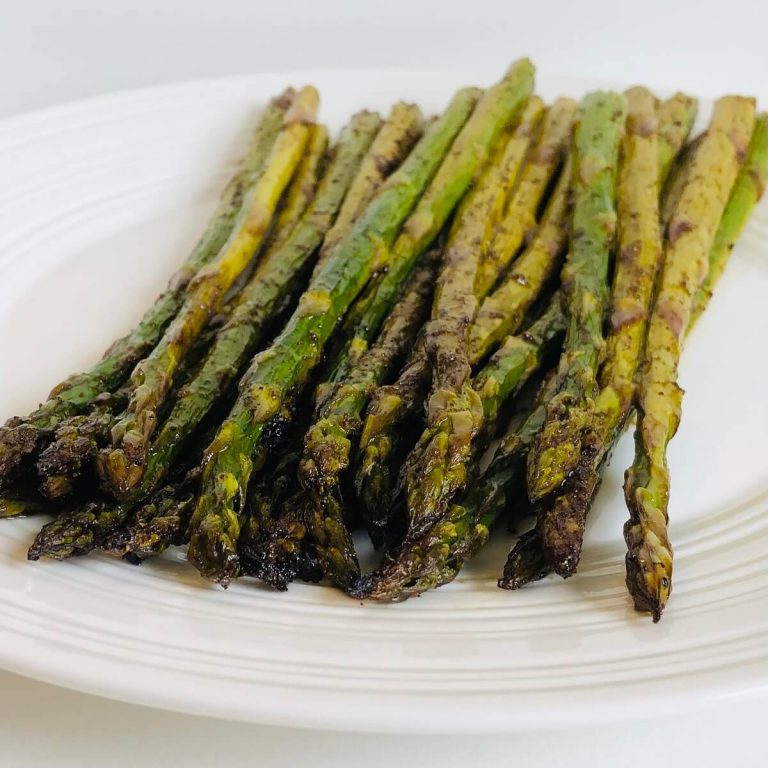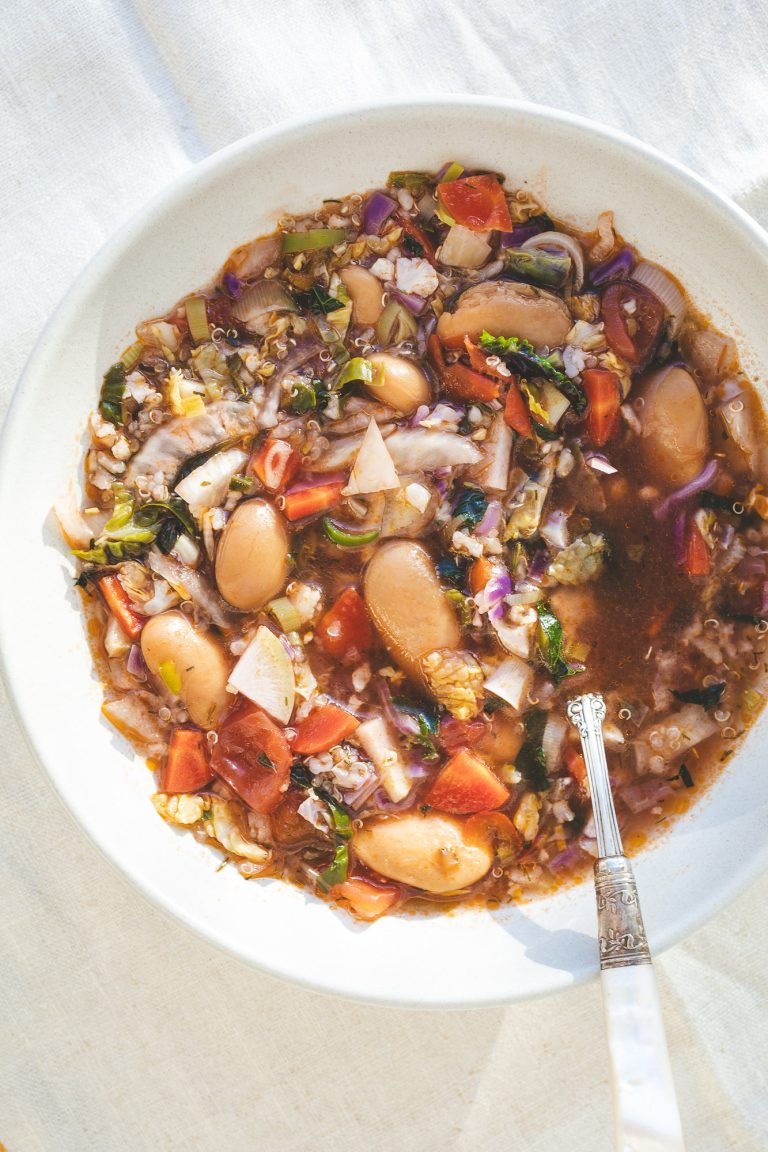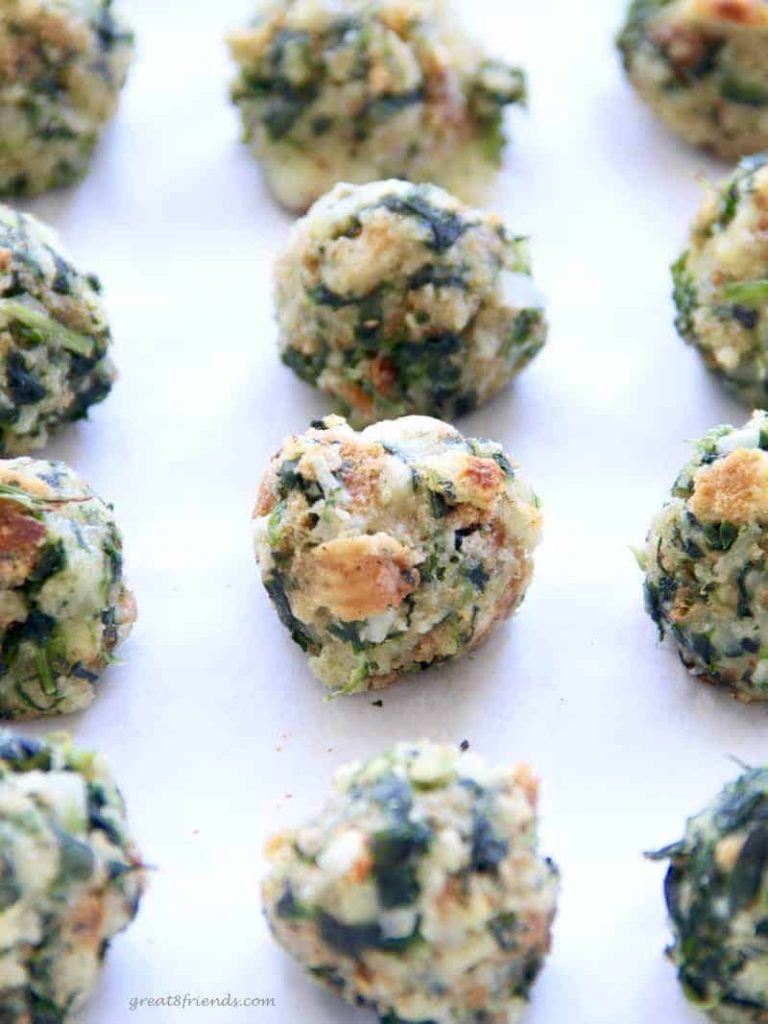Salsa: The Rich History and Delicious Recipes
Salsa’s roots trace back to the early 20th century, emerging from a blend of Afro-Cuban and Puerto Rican musical styles. It gained prominence in New York City among the Latin American community in the 1940s. Key influences include Cuban son, mambo, and Latin jazz. By the 1970s, salsa had evolved into a distinct genre, characterized by its fast-paced, rhythmic beats and intricate footwork. Several legendary musicians and bands, such as Tito Puente, Celia Cruz, and Fania All-Stars, played pivotal roles in popularizing salsa internationally.
Cultural Significance
Salsa serves as a powerful cultural symbol within Latin American communities. It’s not just a dance or music form but a means of preserving and celebrating heritage. Salsa events often feature vibrant attire and traditional music, reflecting the cultural pride of participants. Additionally, salsa has transcended borders, promoting cross-cultural exchange and unity. Cities worldwide host salsa festivals, creating opportunities for people from diverse backgrounds to connect and share in this dynamic art form.
Salsa continues to influence various aspects of life, from music and dance to fashion and fitness. This rich tapestry of influences ensures salsa remains an enduring and evolving cultural phenomenon.
Types of Salsa
Traditional Salsa Recipes
Traditional salsa recipes feature fresh, simple ingredients that form the foundation of this beloved condiment. The most classic version is Salsa Roja, comprising tomatoes, onions, cilantro, and chili peppers. You often find this vibrant sauce accompanying various Mexican dishes.
Another traditional variant, Pico de Gallo, uses uncooked ingredients. It includes tomatoes, onions, cilantro, jalapeños, lime juice, and salt. Its chunky texture makes it perfect for topping tacos, nachos, or grilled meats.
Salsa Verde focuses on tomatillos instead of red tomatoes. It combines tomatillos, onions, cilantro, garlic, and serrano peppers, offering a tangy and slightly tart flavor profile. This green salsa is often served with enchiladas, tamales, and grilled chicken.
Modern Variations
Modern variations of salsa introduce exciting flavors and ingredients, adapting the traditional recipes to contemporary tastes. Fruit Salsas have gained popularity by incorporating fruits like mango, pineapple, and strawberries. You can enjoy these with grilled fish or chicken, providing a sweet and spicy twist.
Roasted Salsa enhances the flavor by roasting tomatoes, peppers, and onions before blending. This method imparts a smoky depth, ideal for complementing barbecue dishes.
Corn Salsa includes roasted or fresh corn kernels, black beans, red bell peppers, onions, and cilantro. Serve it as a dip or a topping for tacos and salads, adding a crunchy texture and vibrant color.
Another modern twist, Avocado Salsa, combines avocados, tomatoes, onions, cilantro, lime juice, and jalapeños. It’s creamy, rich, and perfect for pairing with chips or fish tacos.
Incorporating these traditional and modern salsa varieties into your culinary repertoire ensures a delightful, flavorful experience suitable for diverse dining preferences.
Health Benefits of Salsa
Nutritional Components
Salsa offers a variety of essential nutrients. Tomatoes, a primary ingredient, are rich in lycopene, an antioxidant linked to reduced cancer risk. Bell peppers provide vitamins A and C, important for immune function and skin health. Jalapeños and other chili peppers contain capsaicin, which has been shown to boost metabolism and have anti-inflammatory properties. Onions and garlic, common in many salsa recipes, contribute allicin, which supports heart health. Cilantro adds vitamin K, promoting blood clotting and bone health.
Salsa as a Diet Friendly Condiment
Salsa acts as a low-calorie, nutrient-dense alternative to many traditional condiments. With most varieties containing under 20 calories per two-tablespoon serving, salsa provides flavor without the calorie burden found in options like mayonnaise or cheese sauce. Its high water and fiber content support satiety, helping manage hunger and control portion sizes. When made with fresh, whole ingredients, salsa avoids added sugars and preservatives, offering a clean eating option that fits into various diet plans, including keto, paleo, and vegan diets.
Making Homemade Salsa
Essential Ingredients
Homemade salsa requires fresh, vibrant ingredients. Tomatoes serve as the base, offering rich flavor and essential nutrients. Bell peppers add sweetness and a colorful contrast. Onions bring sharpness, while garlic contributes depth. Chili peppers introduce heat, which you can adjust to taste. Fresh cilantro enhances with its distinct aroma, and lime juice adds zesty acidity. Salt and pepper round out the flavors. These ingredients ensure a balanced and flavorful salsa that’s both nutritious and delicious.
- Prepare Ingredients: Rinse tomatoes, bell peppers, onions, garlic, and cilantro under cold water. Pat dry. Remove seeds and stems from bell peppers and chili peppers. Peel and finely chop onions and garlic.
- Chop Produce: Dice tomatoes, bell peppers, and chili peppers into small, even pieces. Chop cilantro finely.
- Mix Ingredients: Combine diced tomatoes, bell peppers, onions, garlic, chili peppers, and cilantro in a large bowl. Stir well.
- Add Lime Juice and Seasonings: Squeeze fresh lime juice over the mixture. Season with salt and pepper to taste. Stir again to ensure even distribution.
- Taste and Adjust: Sample your salsa. Adjust seasoning or add more lime juice if needed.
- Chill Before Serving: Refrigerate the salsa for at least 30 minutes to allow flavors to meld.
This simple guide ensures you create delicious homemade salsa every time, made with fresh ingredients and ready for any occasion.
Conclusion
Salsa’s rich heritage and cultural significance make it more than just a condiment or dance style. It’s a celebration of history and community, bringing people together through its vibrant flavors and rhythms. Whether you’re enjoying salsa music at a festival or making your own homemade salsa, you’re participating in a tradition that spans decades and continents. Embrace the joy and unity that salsa brings to every occasion, and don’t hesitate to experiment with your own recipes to add a personal touch to this timeless favorite.






